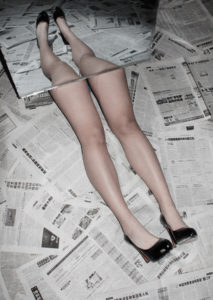romanticism was found during the romantic era during a major art movement,this movement originated in the 18th century and was due to social and political enlightenment, this movement also rejected the normal the idealized harmonies of Neo-classicism and classicism. The movement is used in order to capture a specific purity of imagination of nature and spontaneity.Deep feeling and emotion are the establishment of the movement itself. Throughout the movement their was a large expansion of the exotic and heroic ideas of the art where you could envision and escape, this can be viewed throughout the pioneering artwork.
In the mid 19th century photographers were able to also use this art as a means of their own creation. Many used the landscapes to show vast space and a continuation of mid lines. Although initially inspired by the natural beauty of nature they need to show a clean cut man made almost line to form that symbol of disruption and drama.
Many famous Romantiszed photographers focus upon not an extract truth but a mode of a feeling.The nature having to be captured is nor uncontrollable nor unpredictable.

Many romanticised pieces of photography make you question ‘Is this a “beautiful” photo…or a “beautiful” landscape…or both?’This is due to the photo having to tell a story and that should be shown throughout the natural beauty of the landscape but also enhanced by the way in which it captures the key to create a sense of power and the landscape to show many conceptual attributes.Many images are decorative in the sense that people think they are nice to look at,this is due to the relationship of beauty within nature that many people have a connection with.There is a link above to a website showing the evolution of romanticism and realism.

















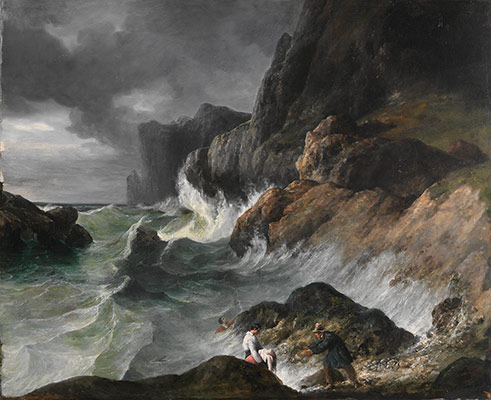

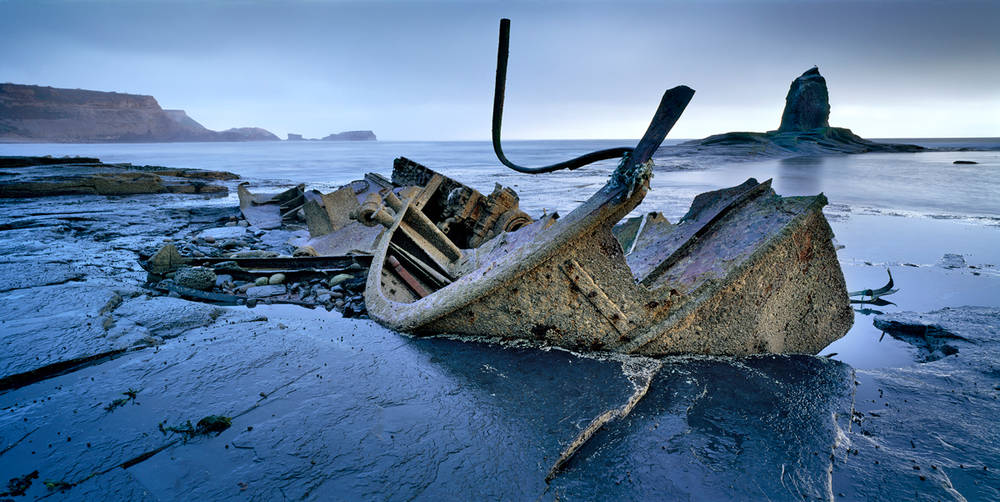


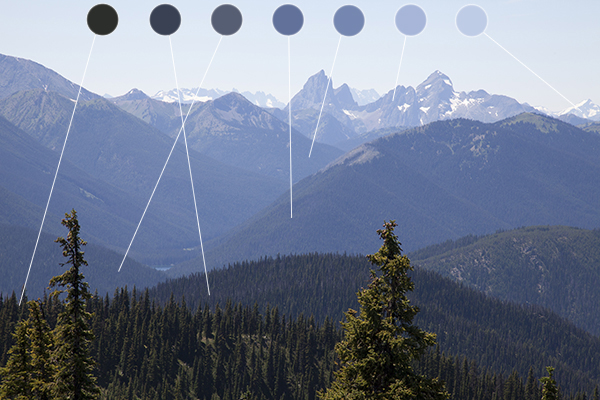










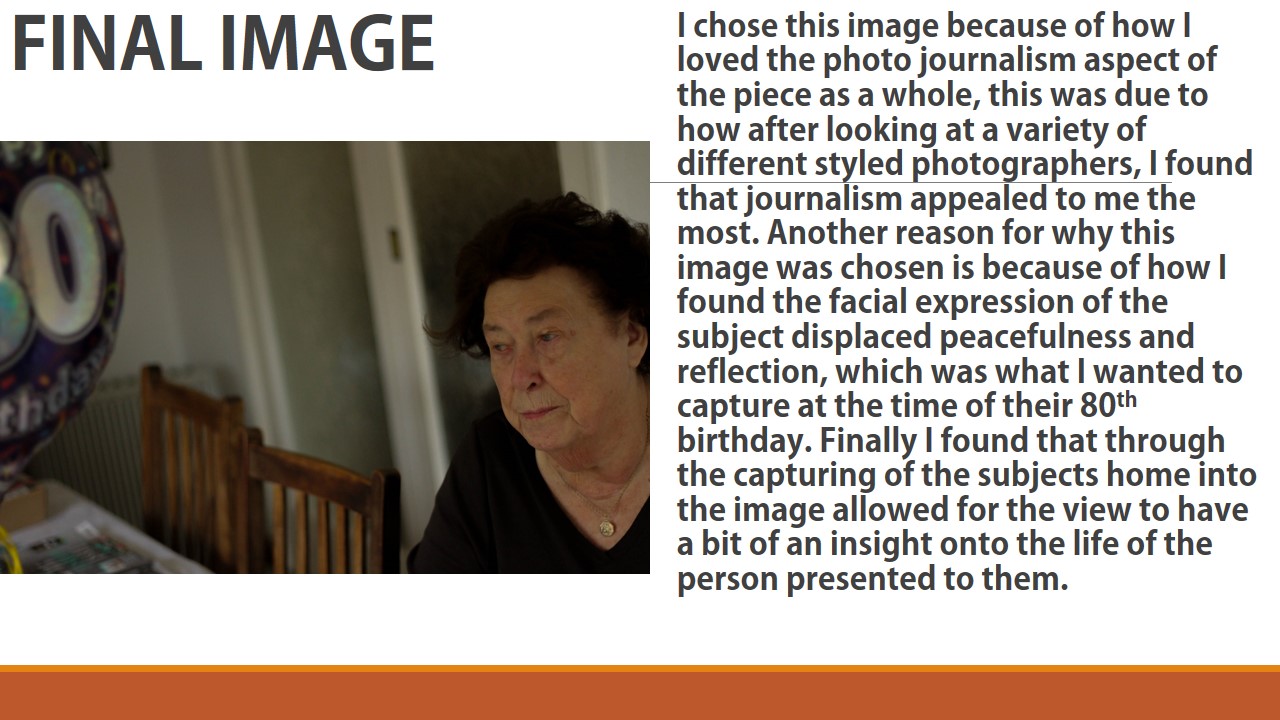
 I also wanted to switch between monochrome and the portrait settings when taking photos to allow for a greater contrast between the lights and darkness of an image. This would allow for a more sinister look when produced due to the emotionless expressions of the subject.
I also wanted to switch between monochrome and the portrait settings when taking photos to allow for a greater contrast between the lights and darkness of an image. This would allow for a more sinister look when produced due to the emotionless expressions of the subject.
 Before the shoot I wanted to create a mind map of the ideas towards this, so that I would have an idea of what and how to take the photos of both subjects.
Before the shoot I wanted to create a mind map of the ideas towards this, so that I would have an idea of what and how to take the photos of both subjects.
 From there I decided to carry out the shoot, these were my results:
From there I decided to carry out the shoot, these were my results:
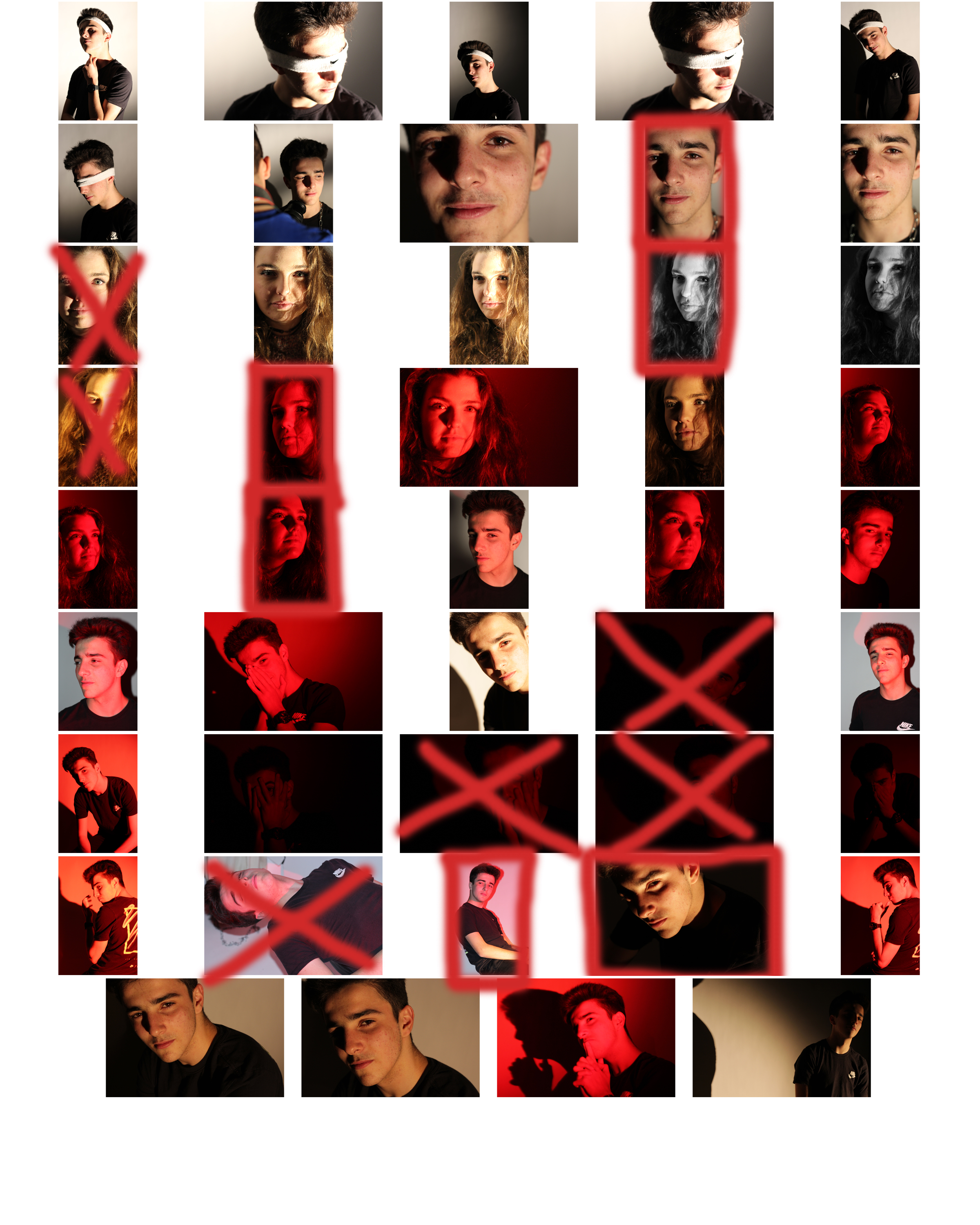
 From here I selected the top ten image from the entire shoot, this would make it easier for me to narrow it down to the final image that I deemed best from the shoot. These were the images I selected:
From here I selected the top ten image from the entire shoot, this would make it easier for me to narrow it down to the final image that I deemed best from the shoot. These were the images I selected: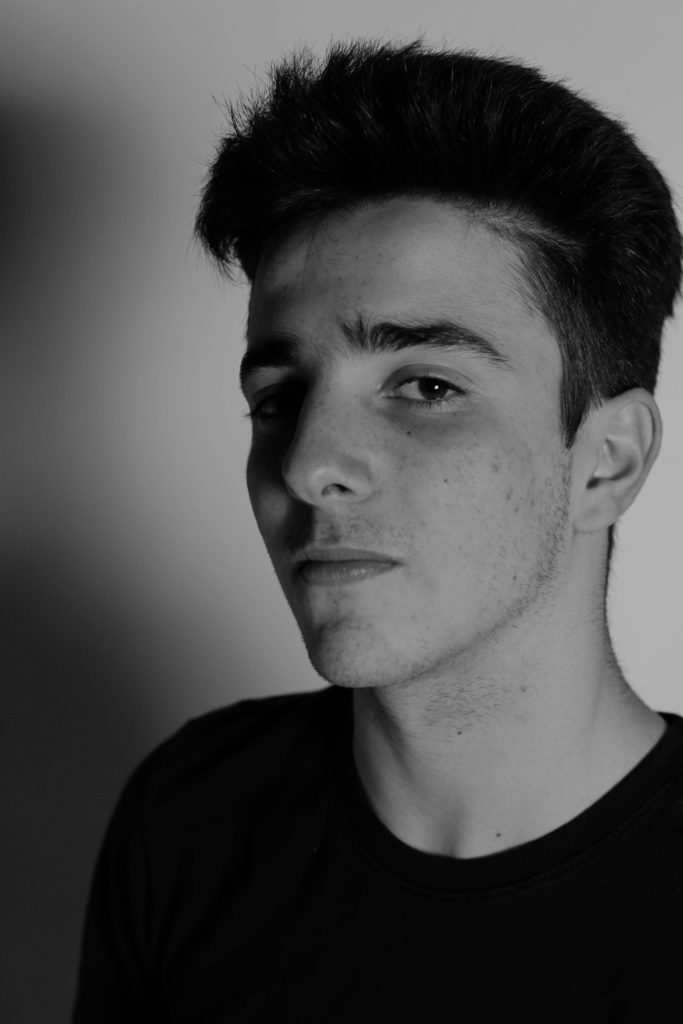

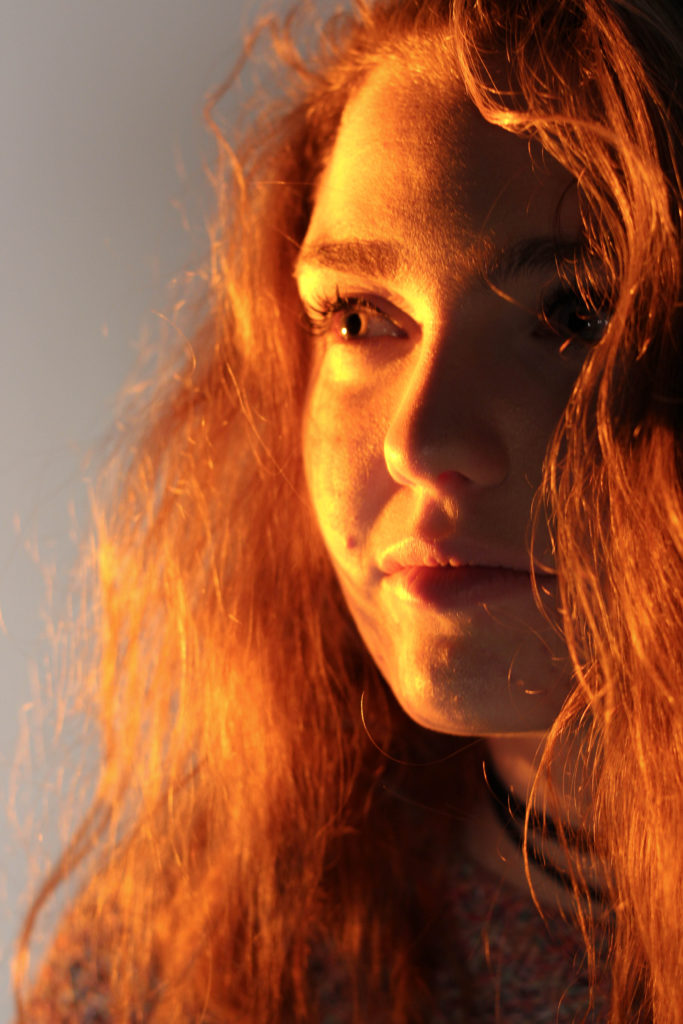




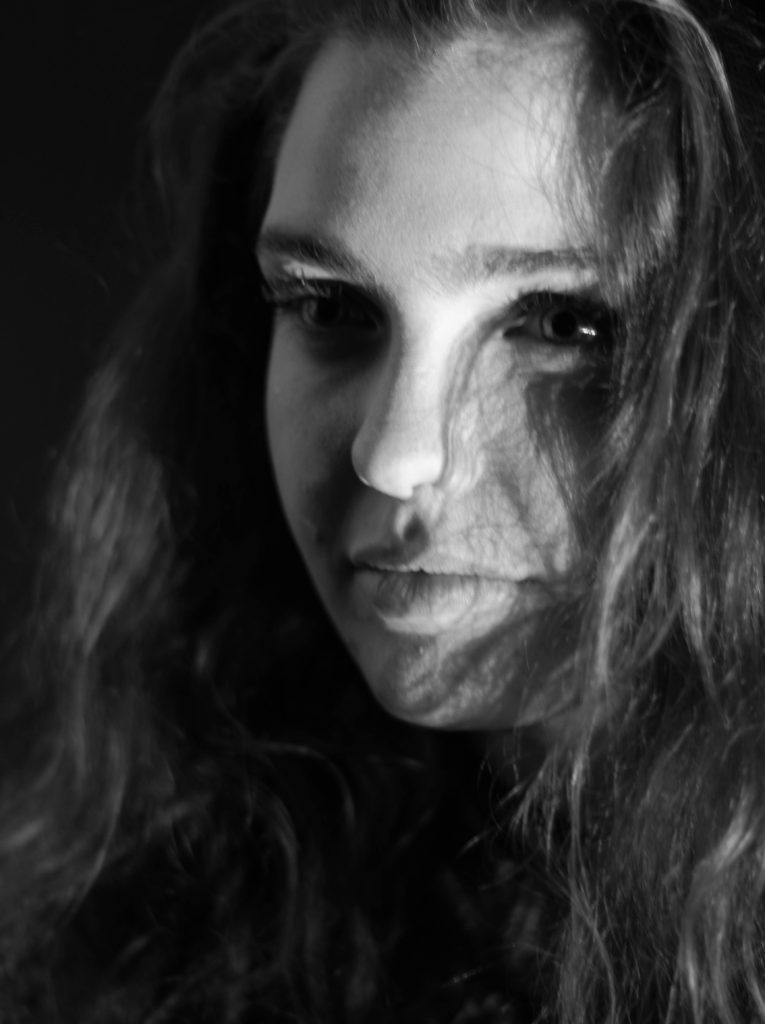


 What I loved about this image was the obvious difference between the light and dark on either side of the face. This to me compared with the light backdrop allowed for a clear definition to the face, drawing out certain feature above others.
What I loved about this image was the obvious difference between the light and dark on either side of the face. This to me compared with the light backdrop allowed for a clear definition to the face, drawing out certain feature above others.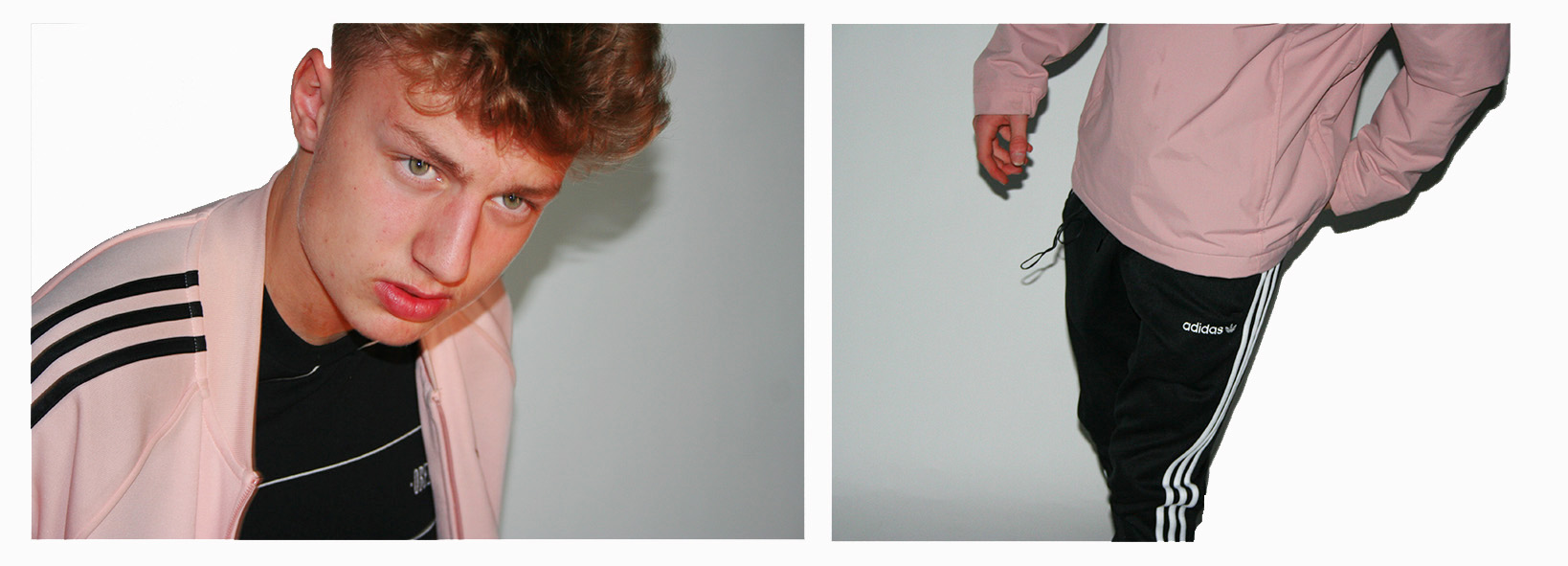

 The images needed slightly enhancing in order to balance the light, contrast, saturation and shadows of the 2 photographs, and cropping in order to make sure that the background of the images look clean and fully white so that the subjects stand out nicely.
The images needed slightly enhancing in order to balance the light, contrast, saturation and shadows of the 2 photographs, and cropping in order to make sure that the background of the images look clean and fully white so that the subjects stand out nicely.
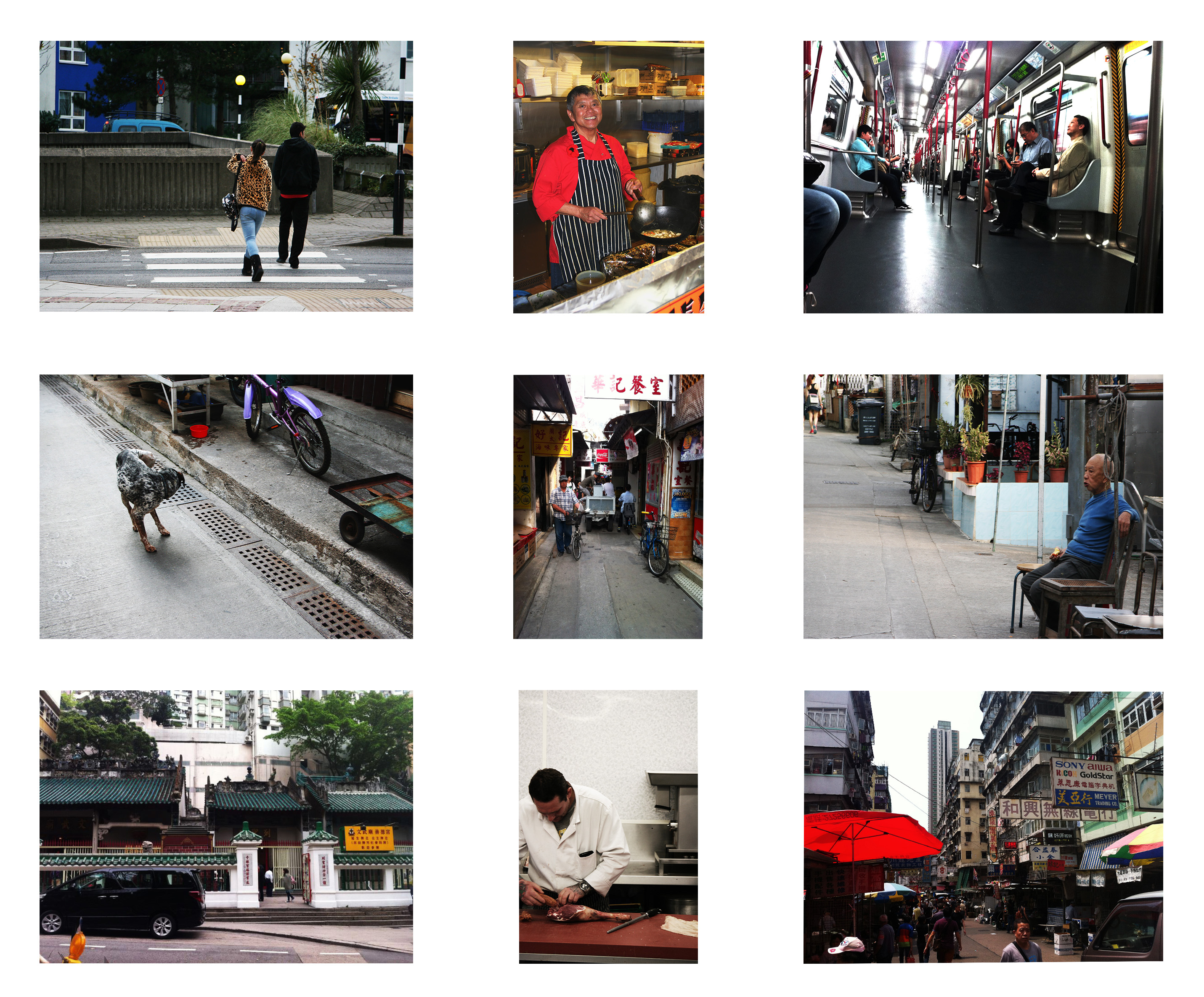









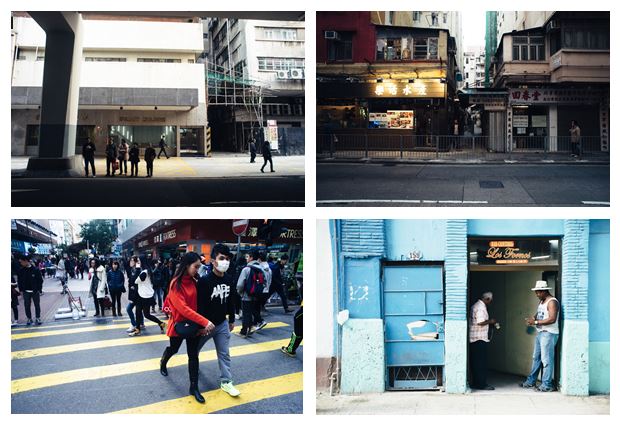
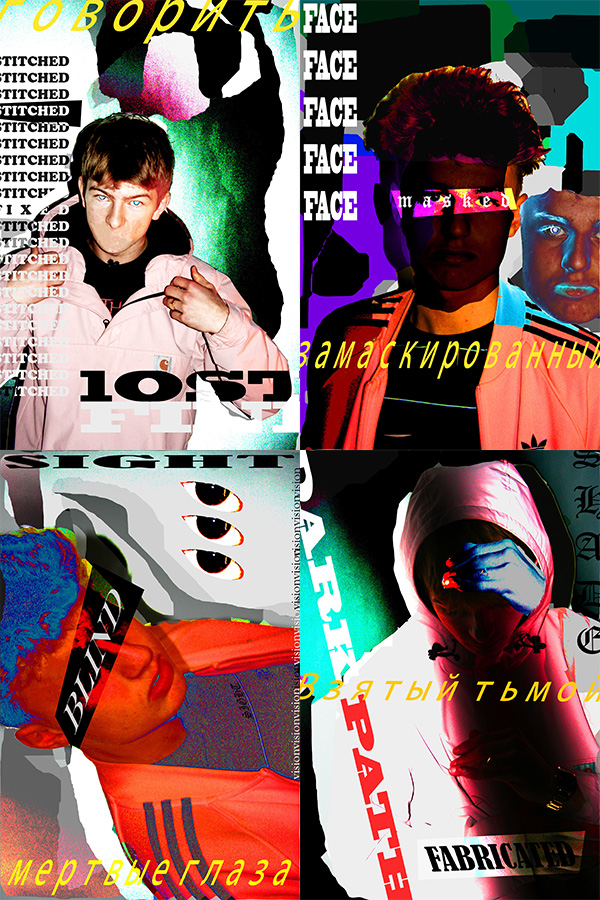

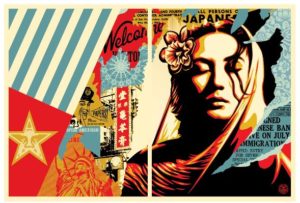
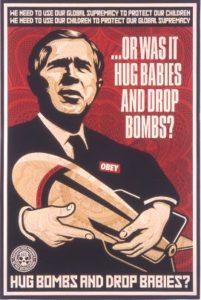
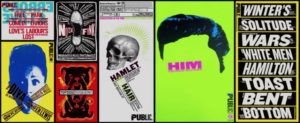

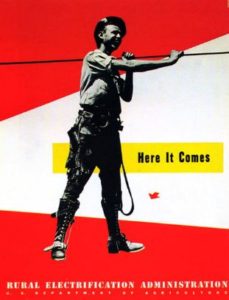
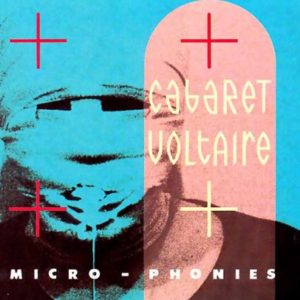




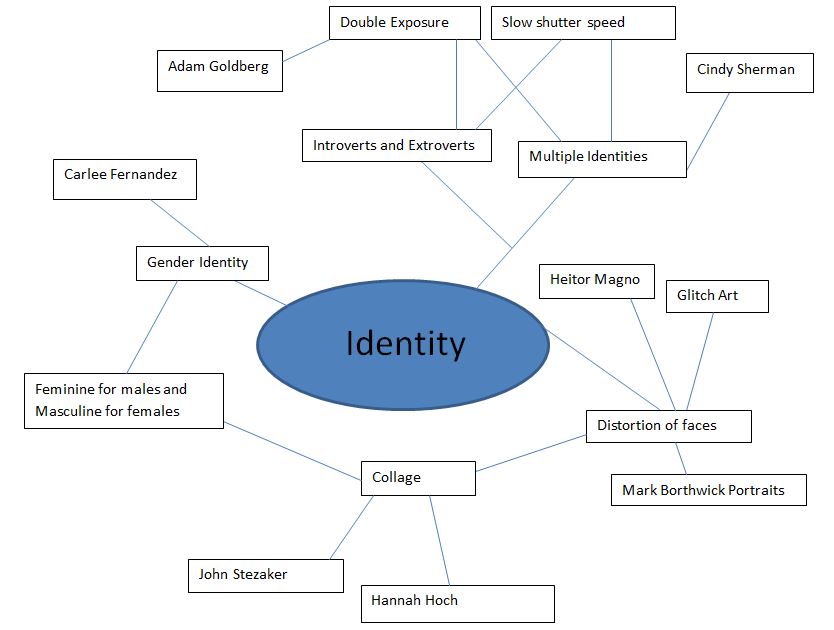
 Wang Wei is a fashion photographer based in Bejing who specializes in analog photography. Each of his photos are highly expressive and colourful. Wei's photos mainly capture realistic and completely unadulterated scenes of todays youth.
Wang Wei is a fashion photographer based in Bejing who specializes in analog photography. Each of his photos are highly expressive and colourful. Wei's photos mainly capture realistic and completely unadulterated scenes of todays youth. Wei's photos are diverse in themes of identity, some of his photos hide it through the use of blur, mirrors, light and shadow. Others express and exhibit someones identity in a photograph through the use colour and tableau. The use of strong colour on certain photographs conveys the strong personalities of youth.
Wei's photos are diverse in themes of identity, some of his photos hide it through the use of blur, mirrors, light and shadow. Others express and exhibit someones identity in a photograph through the use colour and tableau. The use of strong colour on certain photographs conveys the strong personalities of youth.
